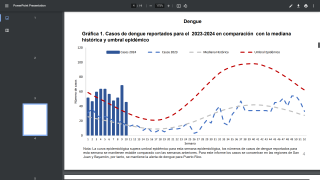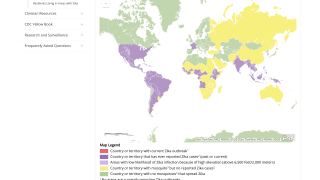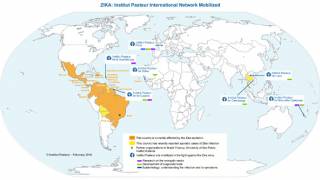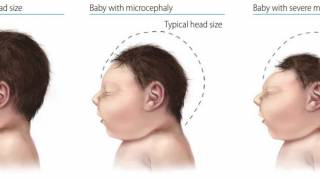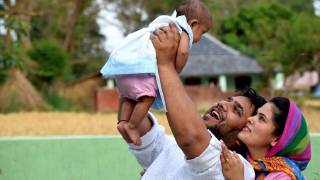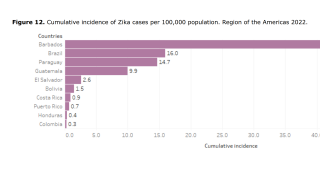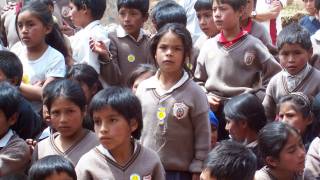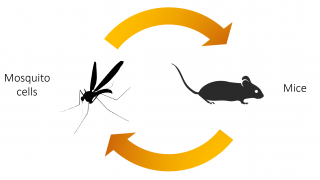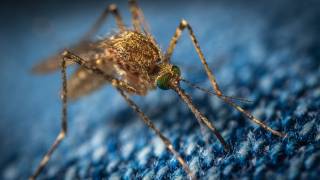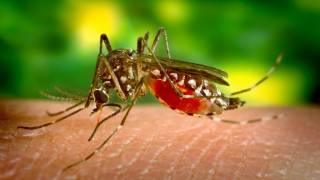Risk of Zika Virus Vertical Transmission Reported at 47%

A new study published by The Lancet found previous studies reported rates of adverse outcomes of congenital Zika virus infection between 7 and 46 percent and vertical transmission rates between 9 and 35 percent.
However, these rates could be substantially underestimated, stated these researchers on October 13, 2020.
This under-reporting is because most studies do not take into account the low diagnostic sensitivity of tests for fetal infection, which was shown by this model to be 42 percent in the first trimester.
Taking this into account, these researchers found that vertical transmission rates declined with the trimester of maternal infection, as did rates of congenital Zika syndrome.
Following a Zika virus infection in pregnancy, the incidence of adverse outcomes, including congenital Zika syndrome, likely to be caused by maternal Zika virus infection was substantially higher in trimester one than in trimester two or three.
Given the likelihood of error in the reported trimester of infection, it might be that all Zika-virus-related outcomes are due to infection in trimester one, stated these researchers.
From these results, the researchers deduce that, following an infection in pregnancy, about 35 percent of adverse outcomes are directly or indirectly attributable to maternal infection (or 55% after infections in trimester one), which is consistent with Pomar and colleagues' estimate of 47% of adverse outcomes being due to Zika virus following diagnosed congenital infection.
This was a Bayesian latent class analysis of data from (7) prospective studies of Zika virus in pregnancy.
This project has received funding from the European Union Horizon 2020 program under grant agreement number 734857. We thank Tom Byrne for assistance in preparing the manuscript for publication. This work was partly supported by the National Institute of Health Research Great Ormond Street Hospital Biomedical Research Centre.
Since Zika was first detected in the continent of the Americas in May 2015, the World Health Organization (WHO) published the Zika case counts for 52 countries and territories in the Americas.
Zika is spread mostly by the bite of an infected Aedes species mosquito (Ae. aegypti and Ae. albopictus).
The decision to travel to a country with a history of Zika circulation should be based on a personal risk assessment, done in conjunction with the traveler’s healthcare provider, that account for individual risk factors for severe outcomes from the possibility of a Zika infection, says the WHO.
The U.S. CDC recommends that pregnant women and couples planning a pregnancy within the next 3-months consult with a health care provider in making this decision.
Clinical trials involving candidate DNA and purified inactivated virus vaccines showed all were safe and well-tolerated in small studies and all induced neutralizing antibodies, although these studies varied by vaccine candidate and dosing regimen. These results suggest that a Zika vaccine can be developed.
ZikaNews publishes research-based Zika virus disease news.
Our Trust Standards: Medical Advisory Committee


